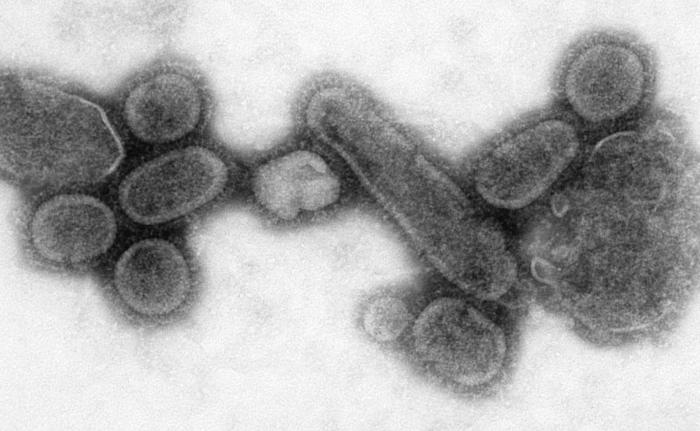Clade X is a lab-grown, deadly hybrid of influenza. But its creators borrowed some some of the genetic code from the Nipah virus. Clade X first appeared up in Germany and Venezuela. After spreading for a year, 150 million people were dead.
Fortunately, Clade X isn’t real. It was part of a simulation from US government officials to test how the world might respond to a pandemic engineered and unleashed by rogue bioterrorists.
Unfortunately, the threat is become more real every day. Synthetic biology has given human beings more control over the building blocks of life, including make our own Frankenstein creations. For example, Canadian scientists sparked outrage when they genetically stitched together the extinct horsepox virus in the lab.

Now, a new scientific report assessed and ranked theseserious vulnerabilities posed by the emerging field of synthetic biology.
“In and of itself, synthetic biology is not harmful,” explains microbiologist Michael Imperiale who chaired the National Academies of Sciences, Engineering, and Medicine committee behind the report. “The level of concern depends on the specific applications or capabilities that it may enable.”
The genetic code of many mammalian virus can now be found on the Internet and and synthesized, pathogenic viruses are the biggest threat. “It requires some expertise, but it’s something that’s relatively easy to do, and that is why it tops the list.”
Researchers were also concerned with rogue scientists devising ways to make existing bacteria or viruses more dangerous. Scientists could encourage antibiotic and vaccine resistance, increase their toxicity, or increase the ways in which they spread.
“There are certain capabilities that may not be possible now,” Imperiale told NPR, “but in those cases we tried to identify what the bottlenecks or barriers might be that, if overcome, would enable those to be more possible.”
The report is Biodefence in the Age of Synthetic Biology.


